An Artist's Guide to Wandering the Overlooked Edges of New York City
Matthew Jensen's Wonder Walks direct urban explorers to the fringes of New York City, to discover its hidden history and urban nature.

Soon after my arrival in New York City, a longtime resident lamented to me that she was unable to find “one scrap of green” without being crowded by another person. True, much of the five boroughs is dense with people, construction, and noise. Yet if you take a train to the end of the line and walk a little, a different world is discoverable.
Matthew Jensen’s Three Wonder Walks (After the High Line) project is about exploring these overlooked edges of the city. As he notes in his accompanying, freely downloadable guide, the High Line in Manhattan “has proven that you can create a destination around the act of walking.” So, in this commission from High Line Art — organized in conjunction with the group show Wanderlust, which is currently installed on the elevated park — Jensen designed three experiences involving walking in three different boroughs, each based on the length and layout of the High Line path. Jensen has created similar works before, such as a walk along the low-tide shore of Brooklyn Bridge Park, and is working on a 2017 exhibition at the Visual Art Center New Jersey.
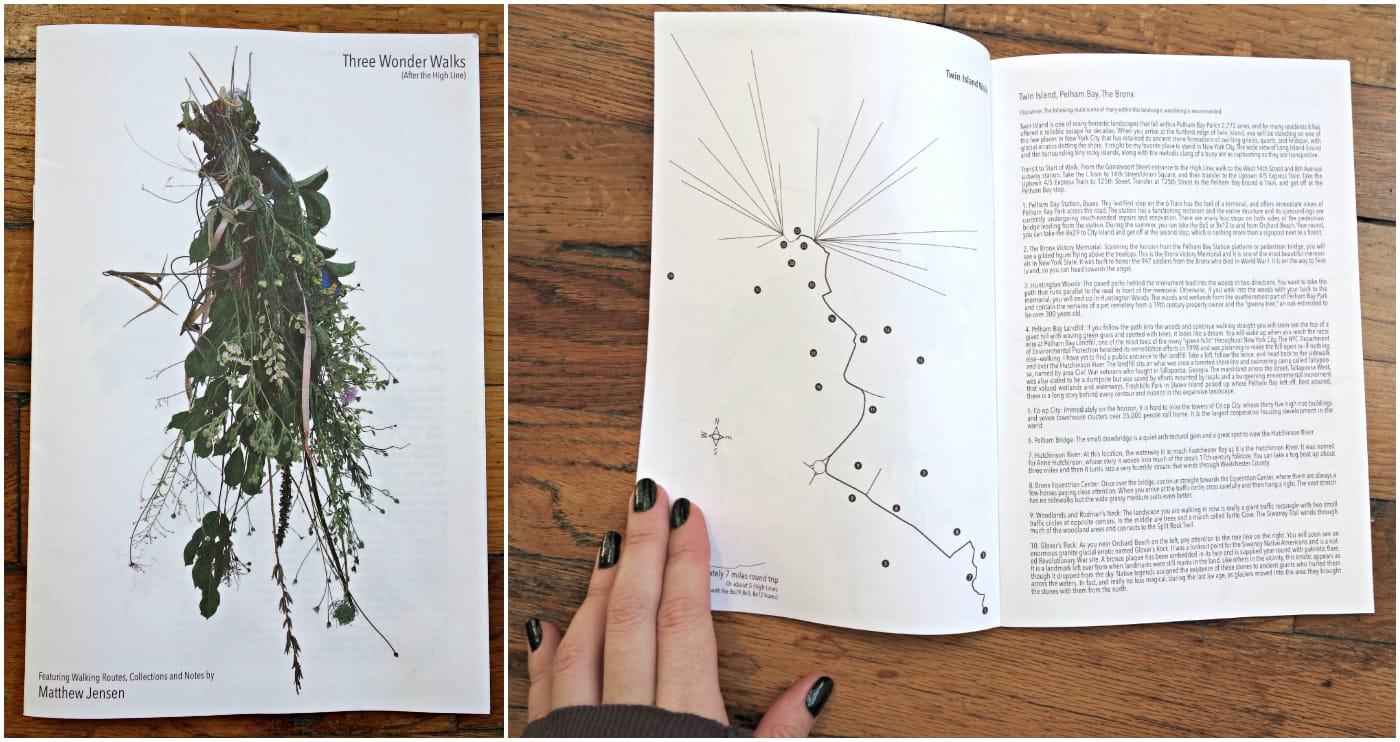
The “Happy Land Walk” on Staten Island includes relics of a Victorian-era resort and freighter spotting, while the “Barren Island Walk” concentrates on old tarmacs at Floyd Bennet Field and the bottle-strewn Dead Horse Bay in Brooklyn. I joined the “Twin Island Walk” last Saturday, the last of Jensen’s walks organized as a group tour, although, as he told me, “it’s designed to be a solo experience.” In the guide, for each walk, he includes this disclaimer: “The following route is one of many within this landscape; wandering is recommended.”
After taking the 6 train all the way to its terminus at Pelham Bay Park and walking by the incredible Bronx Victory Memorial, whose 70-foot column is topped by a golden angel, our seven-mile round-trip (or five High Lines-length) exploration involved pathways both concrete and grassy, though human development was visible at all points. When we took to a traffic median, Jensen called that stretch the “most political” of the journey, as we forged our own sidewalk. “In that there is a statement,” he said. We found an unexpected ecology there, too, such as an elaborate nest in a tree and a poor woodchuck that had been smushed by a car. All along our way, the fall colors were in flame.
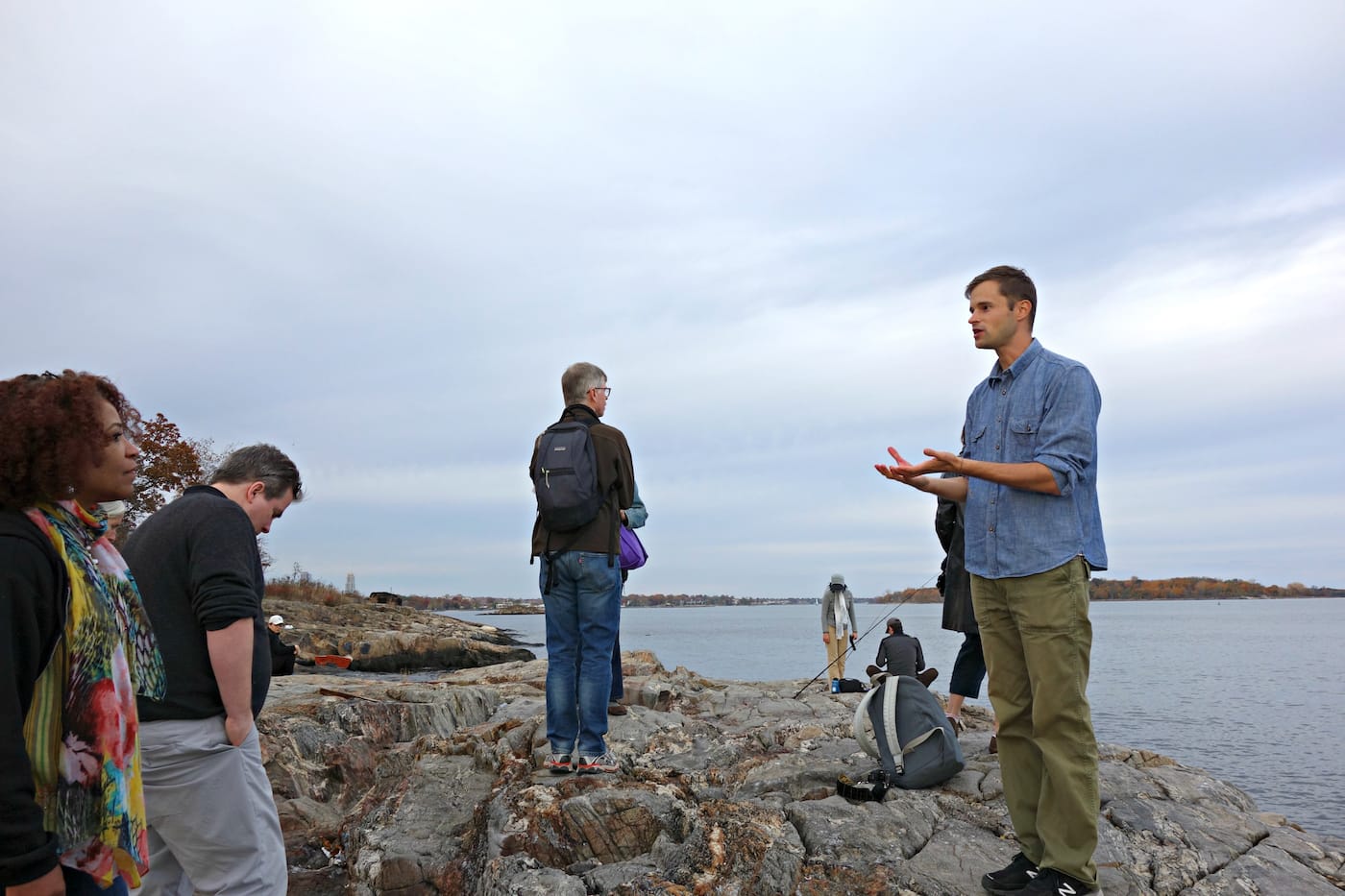
We were rare pedestrians on those streets, and as we stepped over muddy trenches and crossed busy roads, I was reminded that many of the most naturally beautiful areas of the city are not easily accessible by public transportation, although they should be. Fall and winter are considered off-seasons at Orchard Beach, the only public beach in the Bronx. Yet there are paths to explore, trees to admire, and, often, locals interacting with ths environment. People strolled the quiet boardwalk, fished from the rocky shore, and flew kites in the huge, empty parking lot.
The Wonder Walks guide is illustrated with photographs of the bundles of “artifacts” that Jensen collected along these paths, both plants and found objects. On our walk, he pointed out some of the same plants, like pokeberry, with which we stained our hands red, and ragweed, which has a pleasing smell if you’re not allergic. We carried a staff made of flora from the High Line, trading it between members of the group as an odd totem of another urban environment.
Every step of the trek was within New York City, and it felt both detached — with incredible vistas worthy of a Winslow Homer painting — and connected — with traces of Robert Moses projects, like the crumbling Art Deco pavilion at Orchard Beach, as well as views of sites like Hart Island, the city’s potter’s field. Whether in glacial erratics or the glint of weathered sea glass, Pelham Bay Park offered an incredible, tactile history of the city, and one that’s open to any urban explorer who takes the time to find it. As Jensen said, “This is so great, and we had to walk here.”
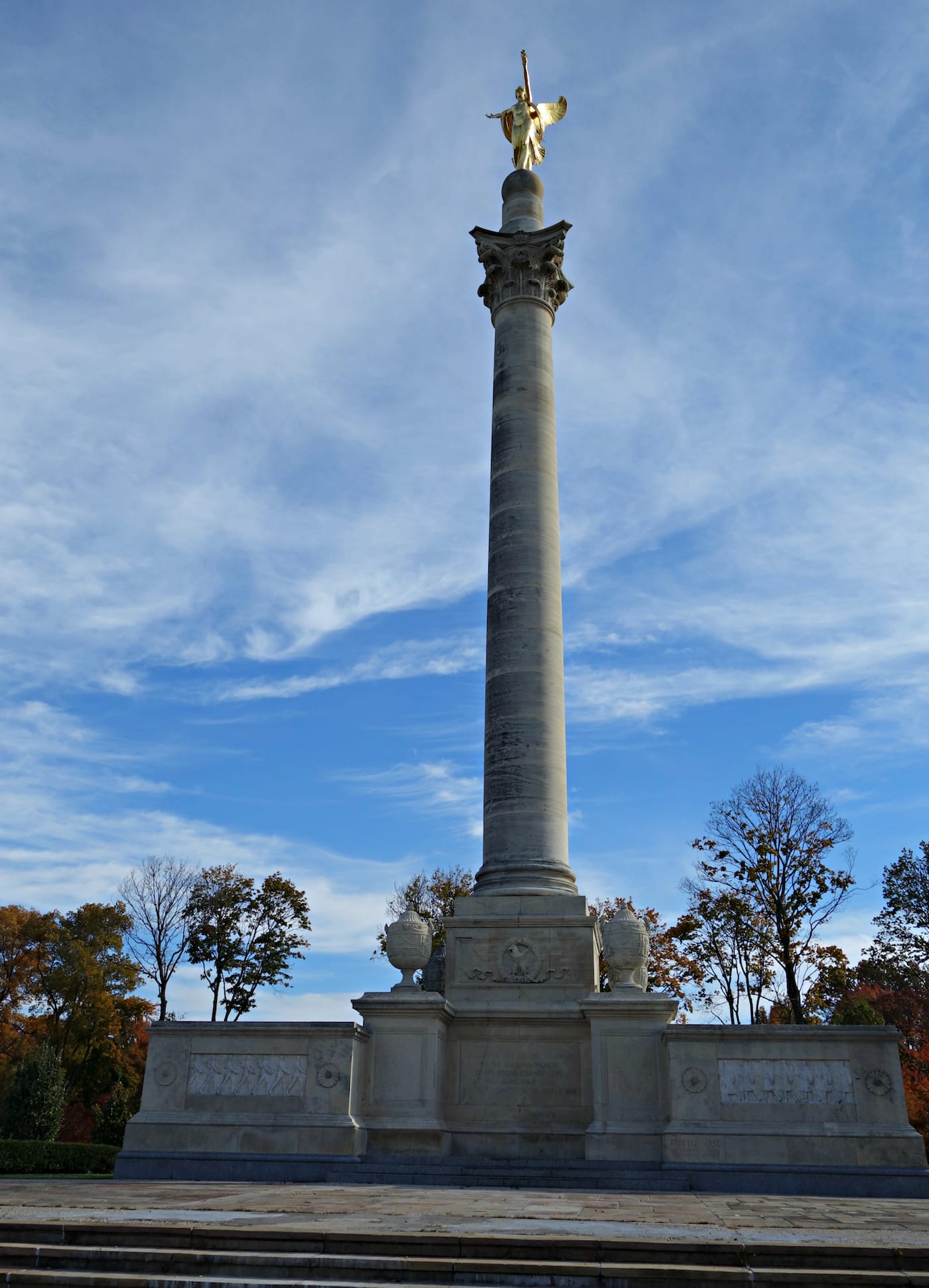
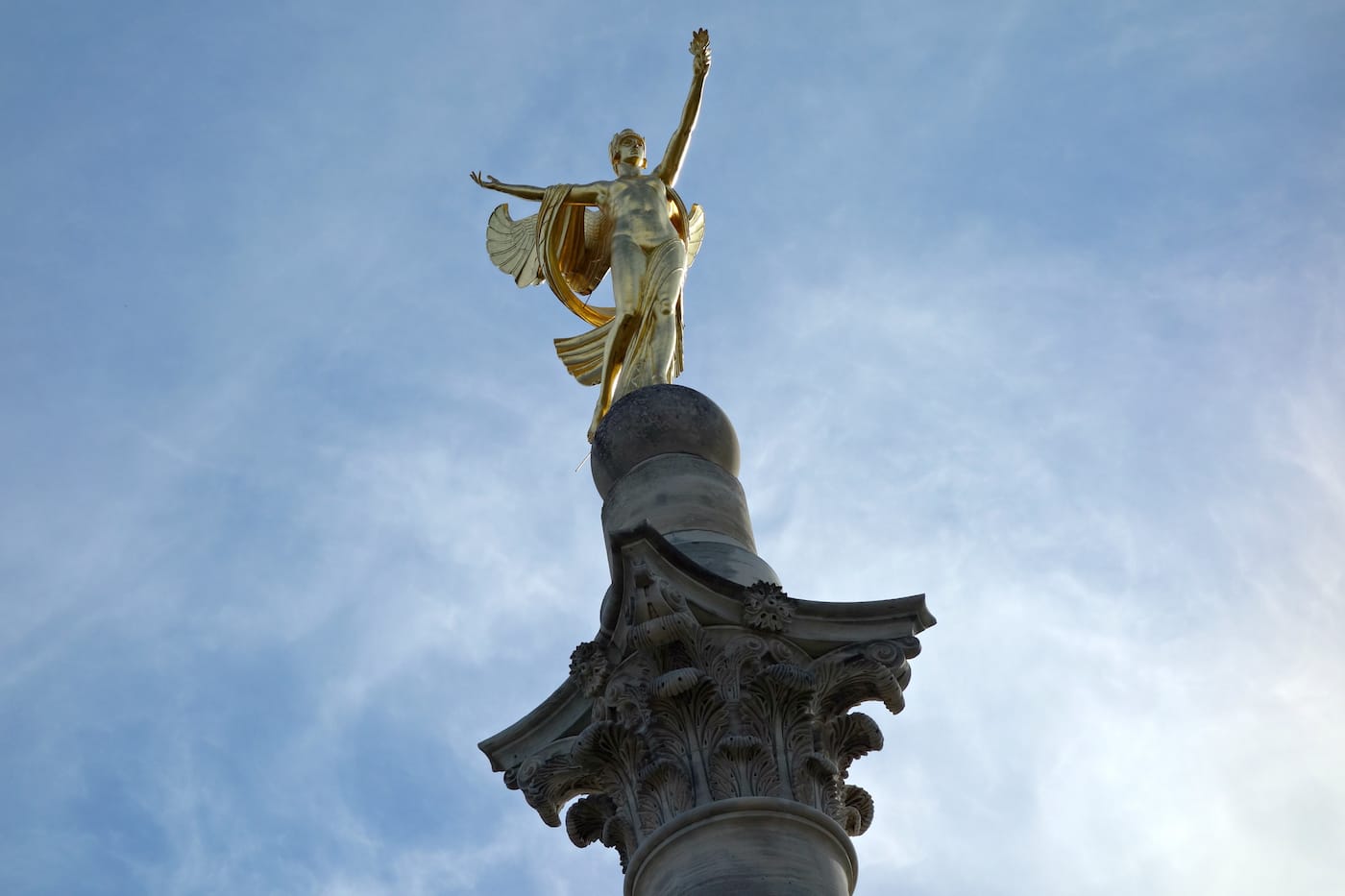
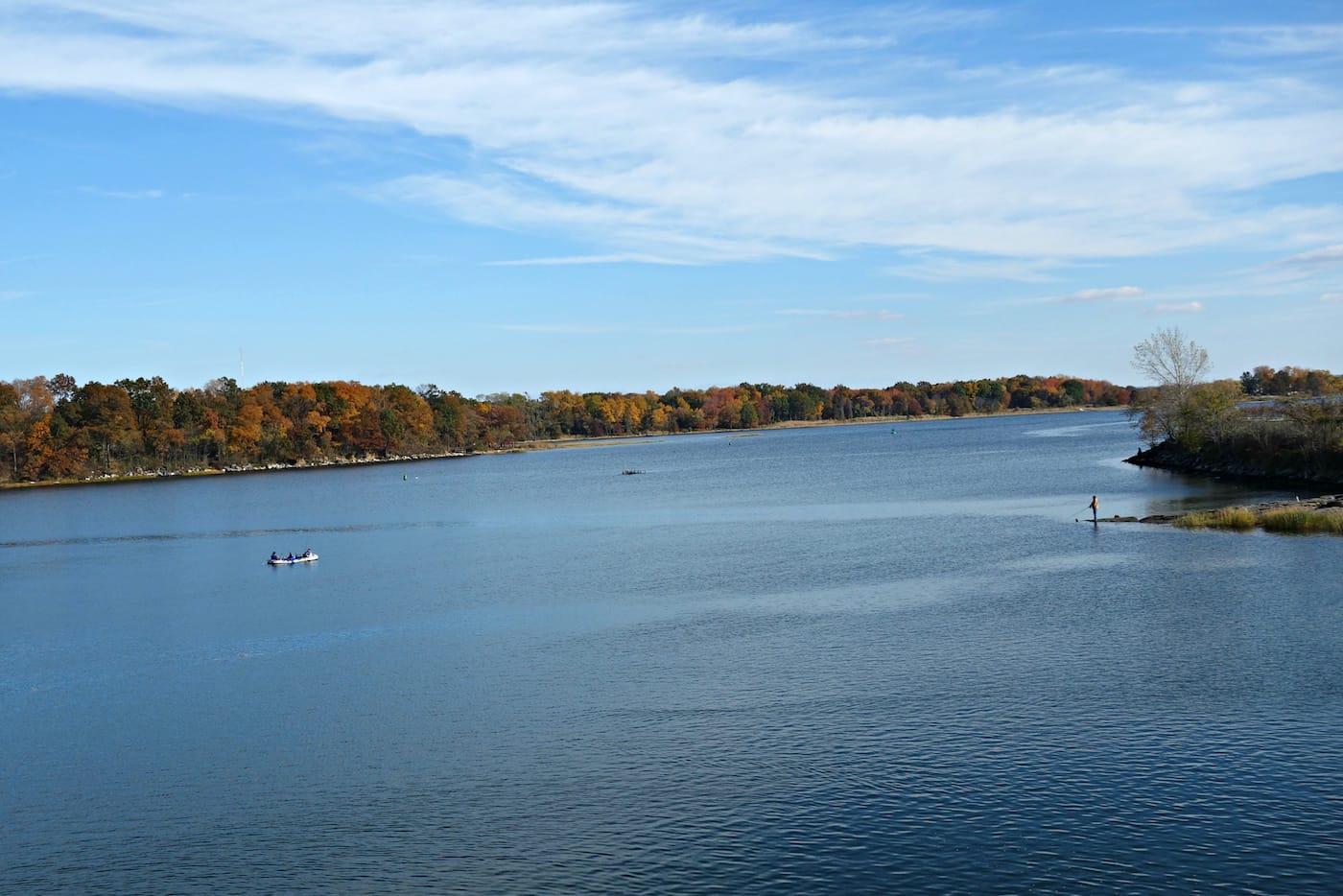
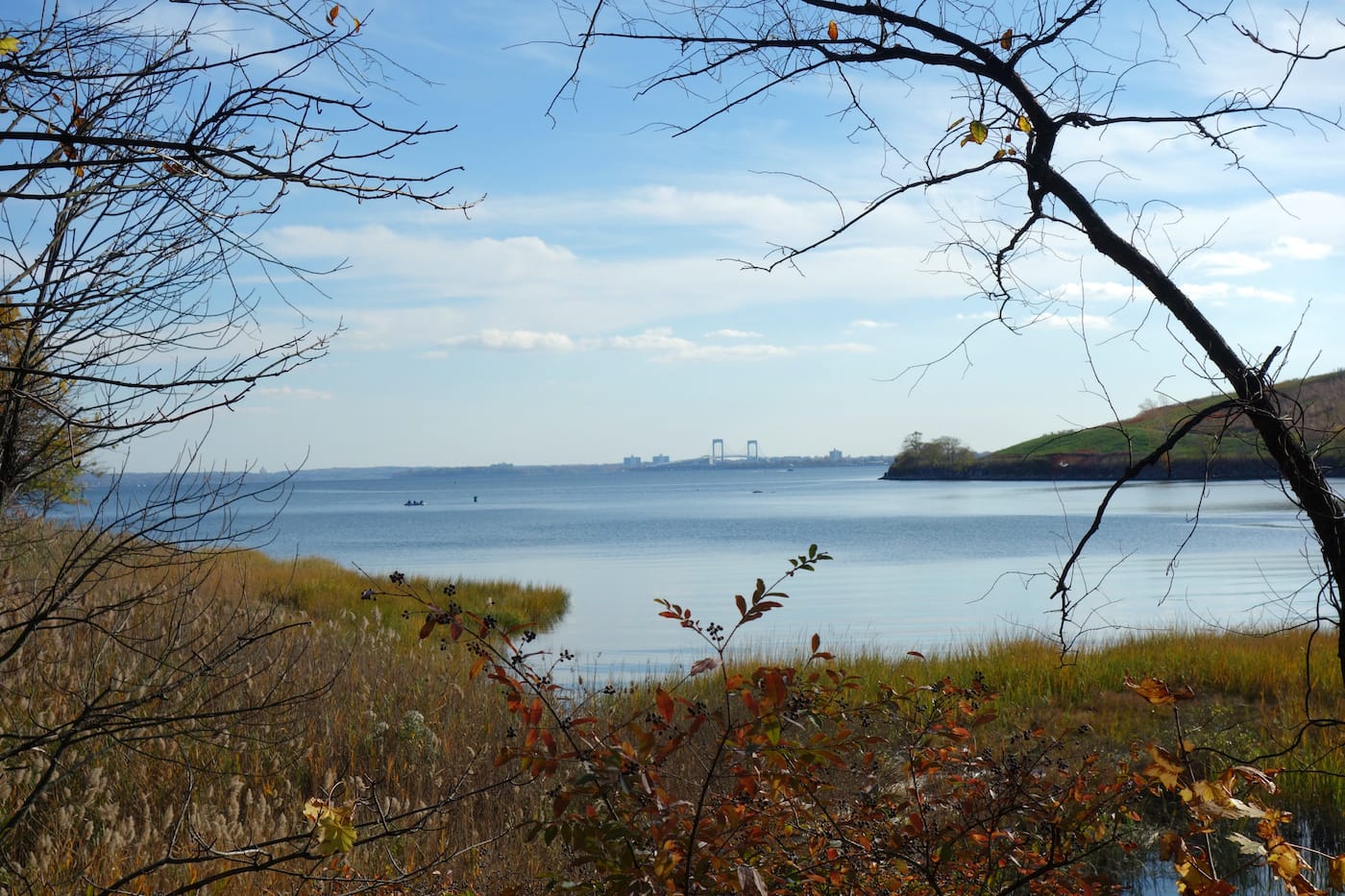
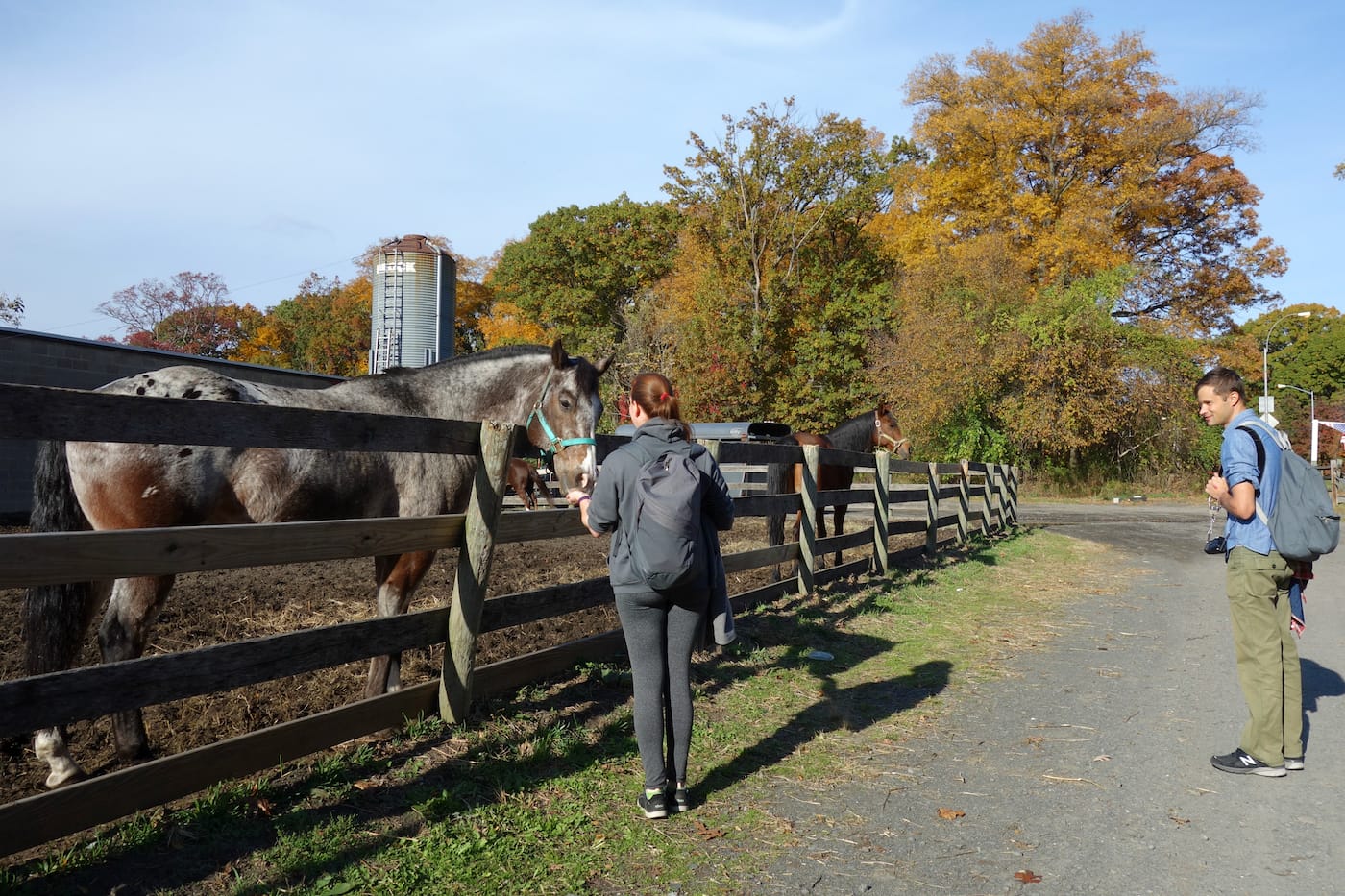
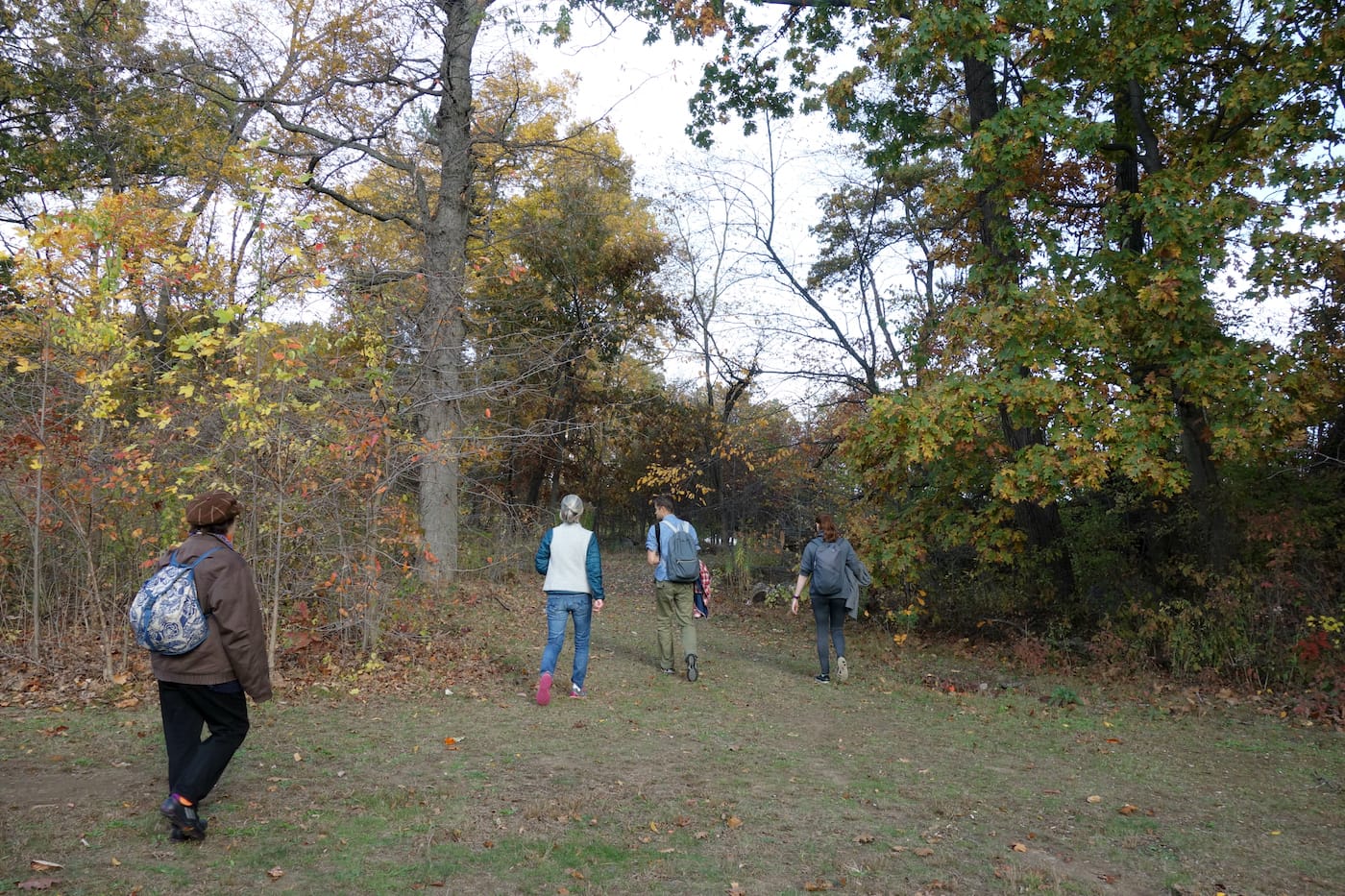
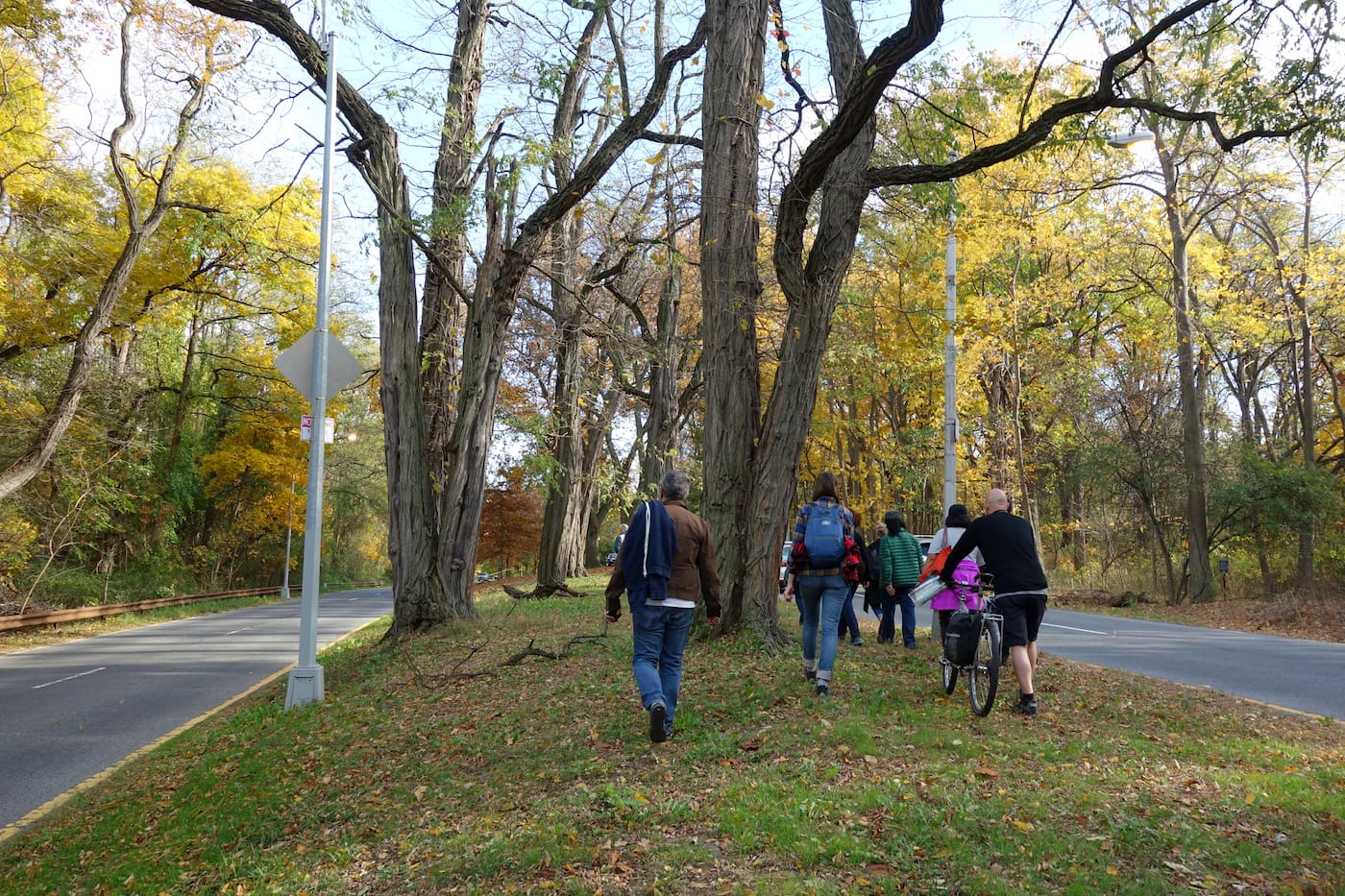
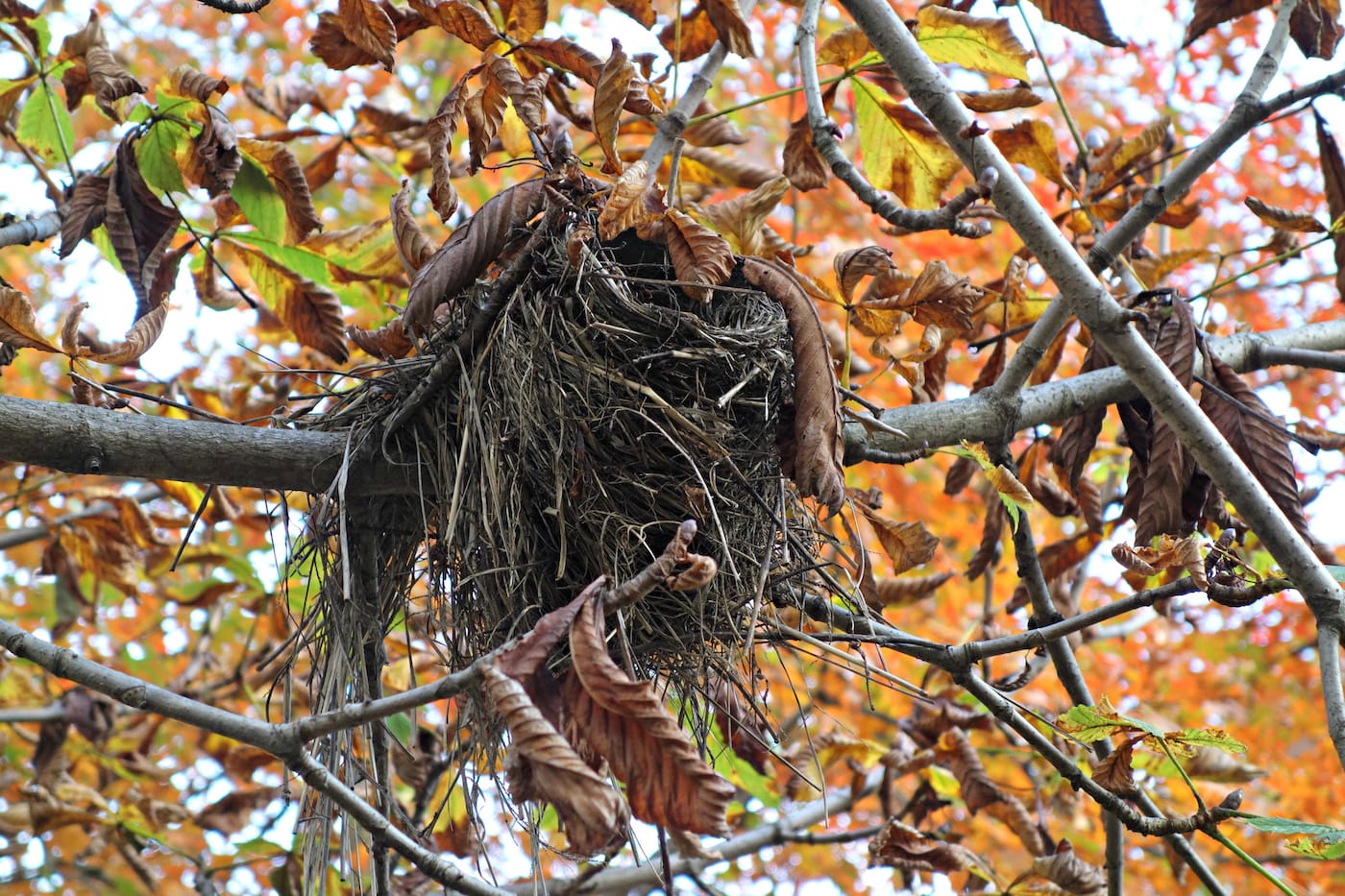

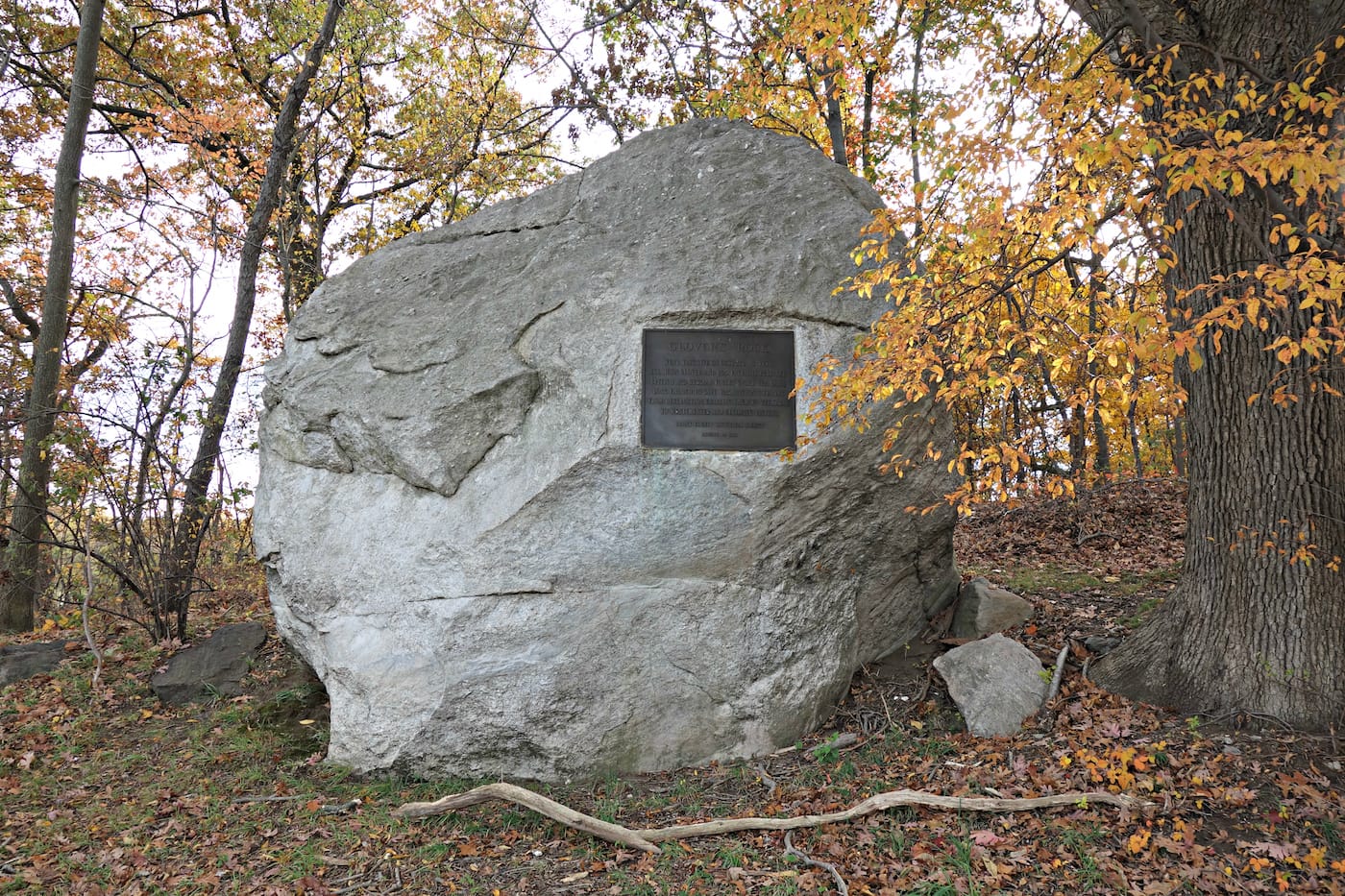

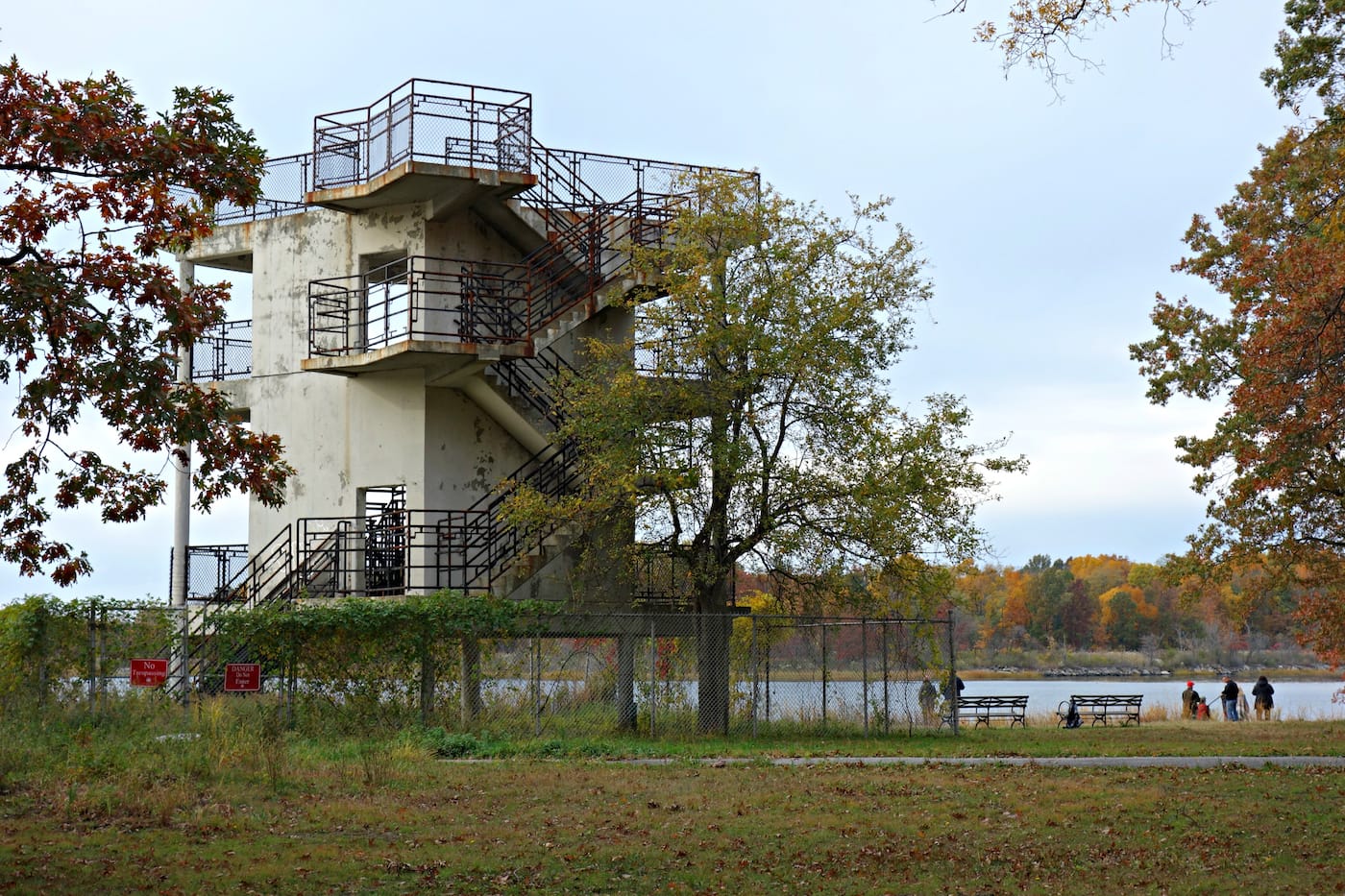
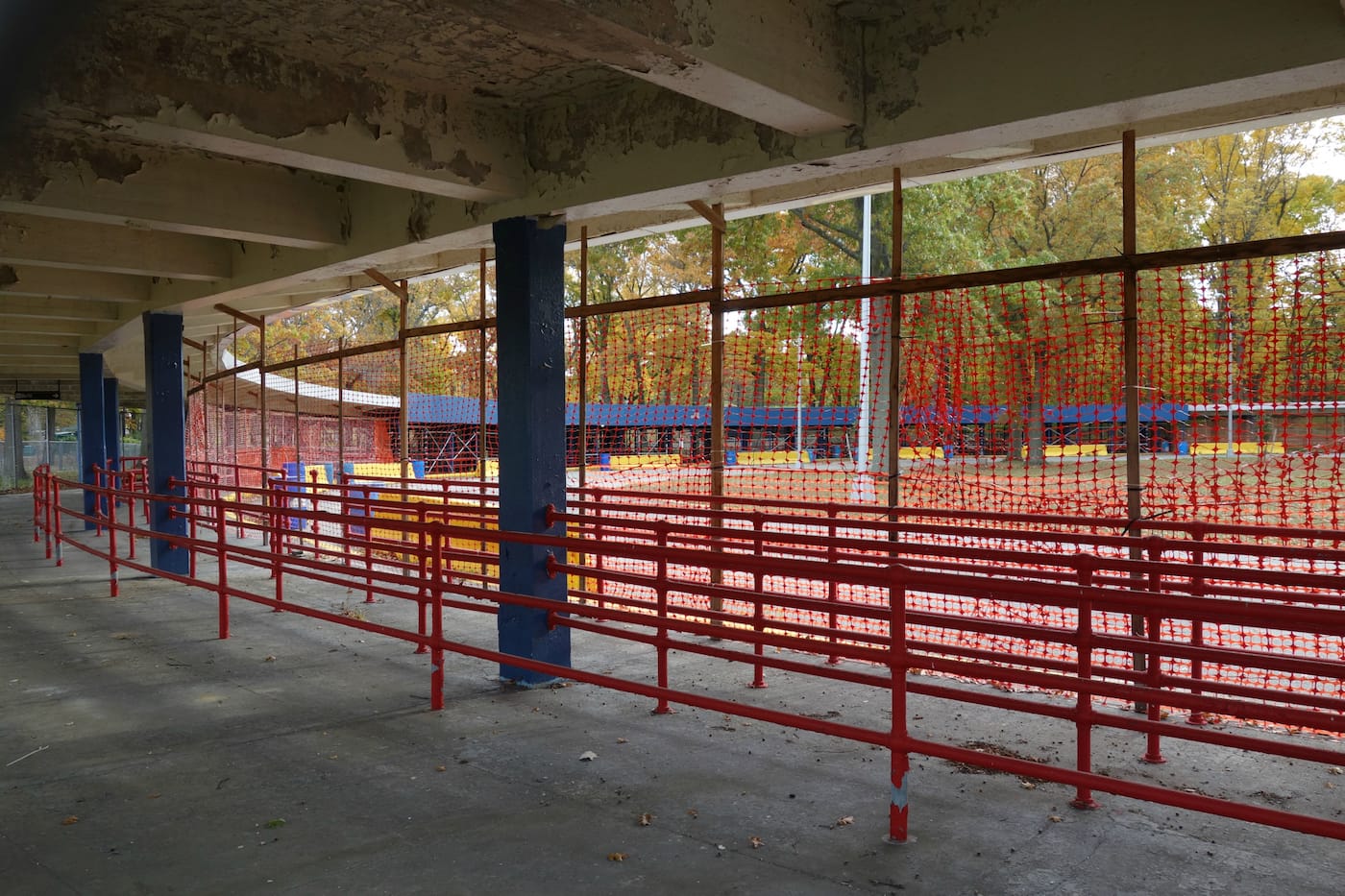
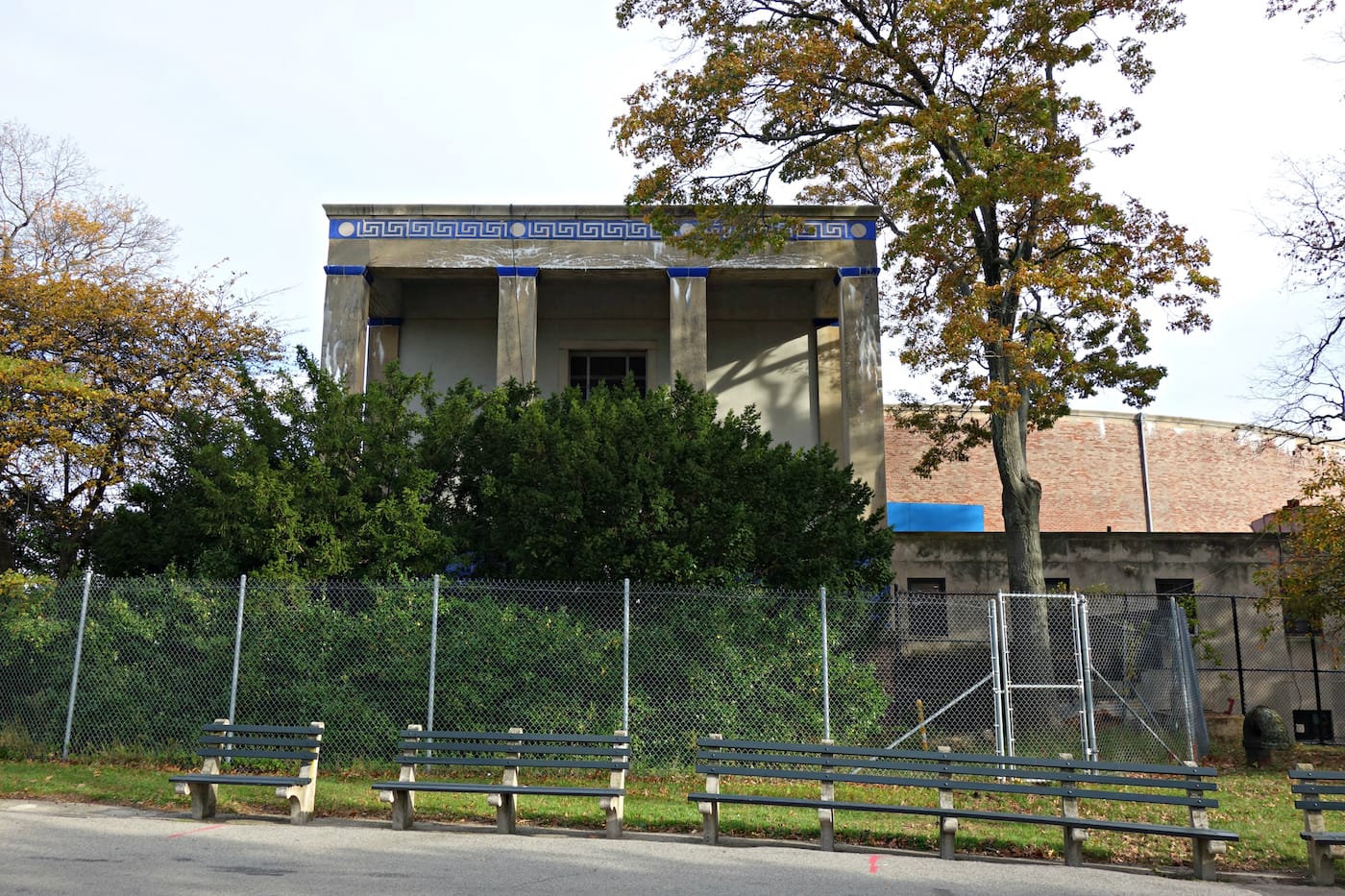


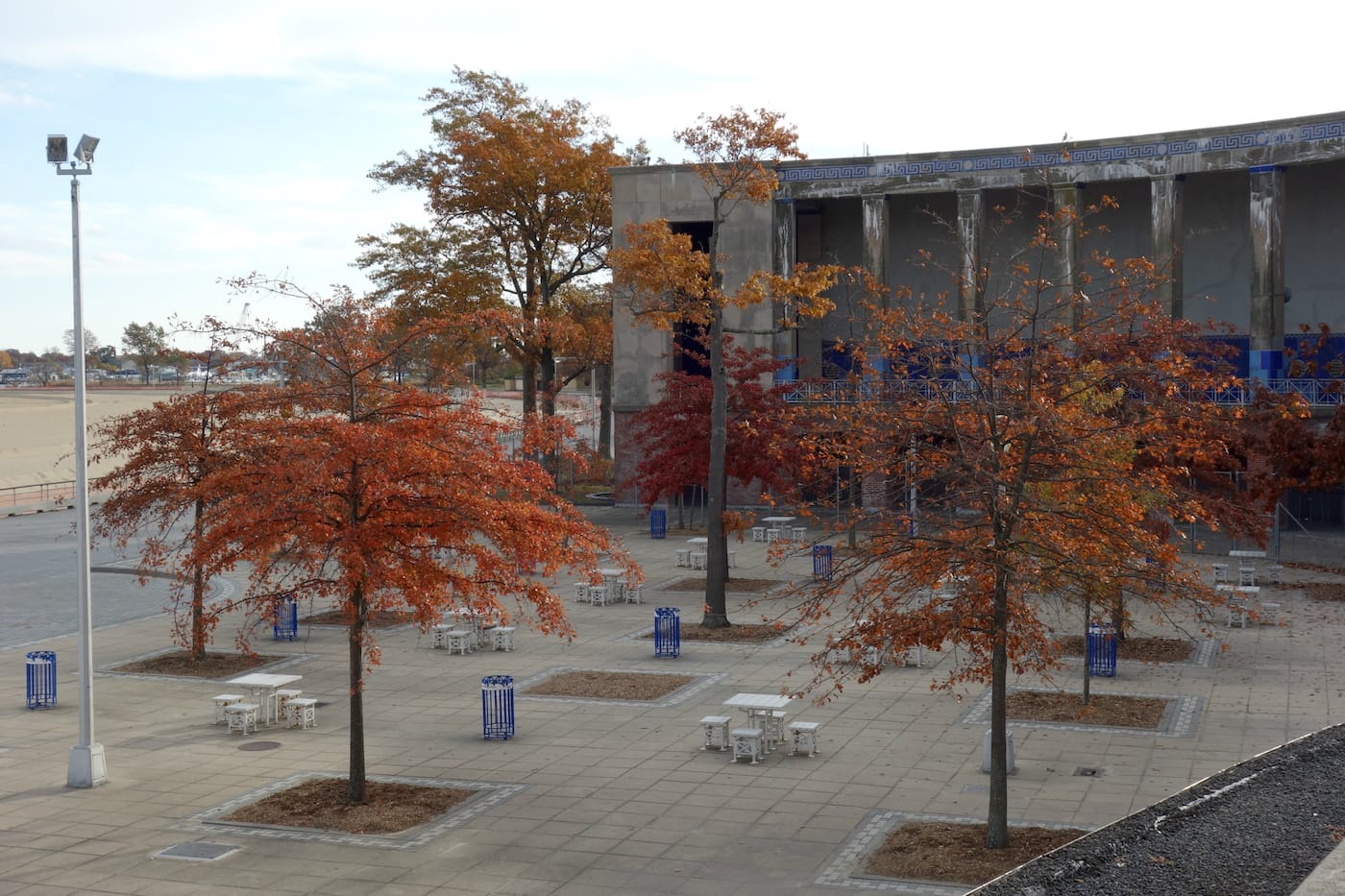
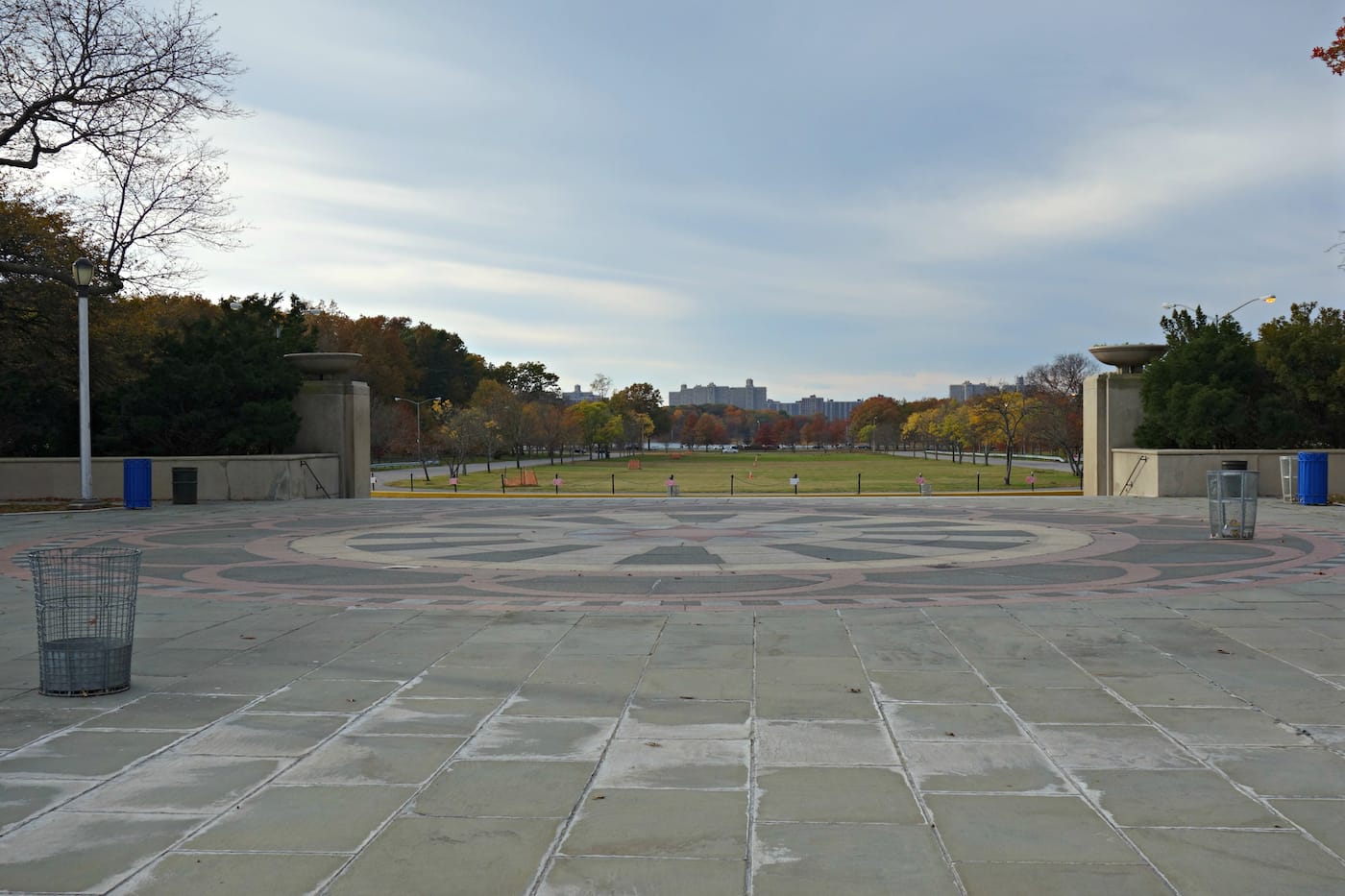

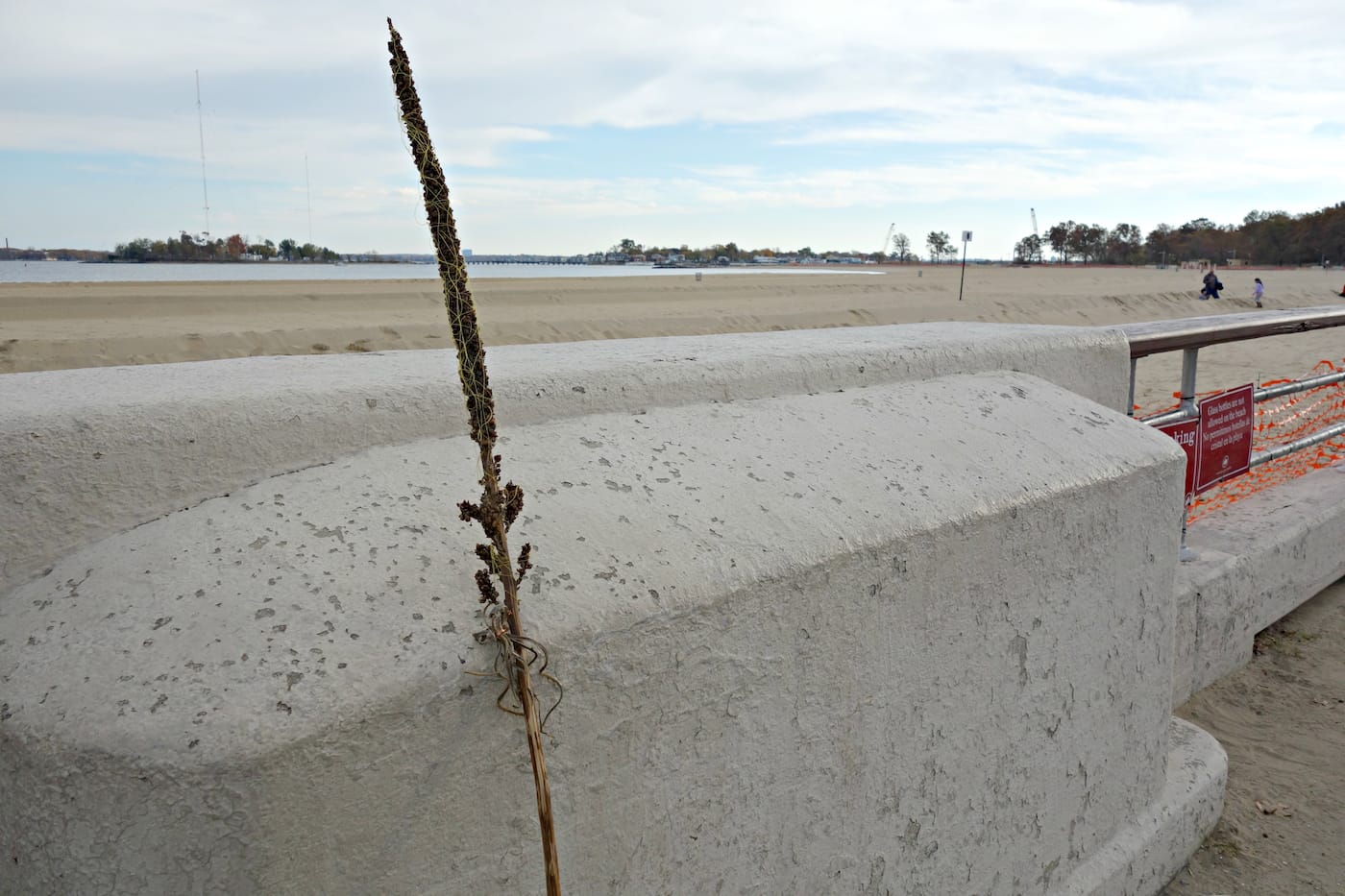

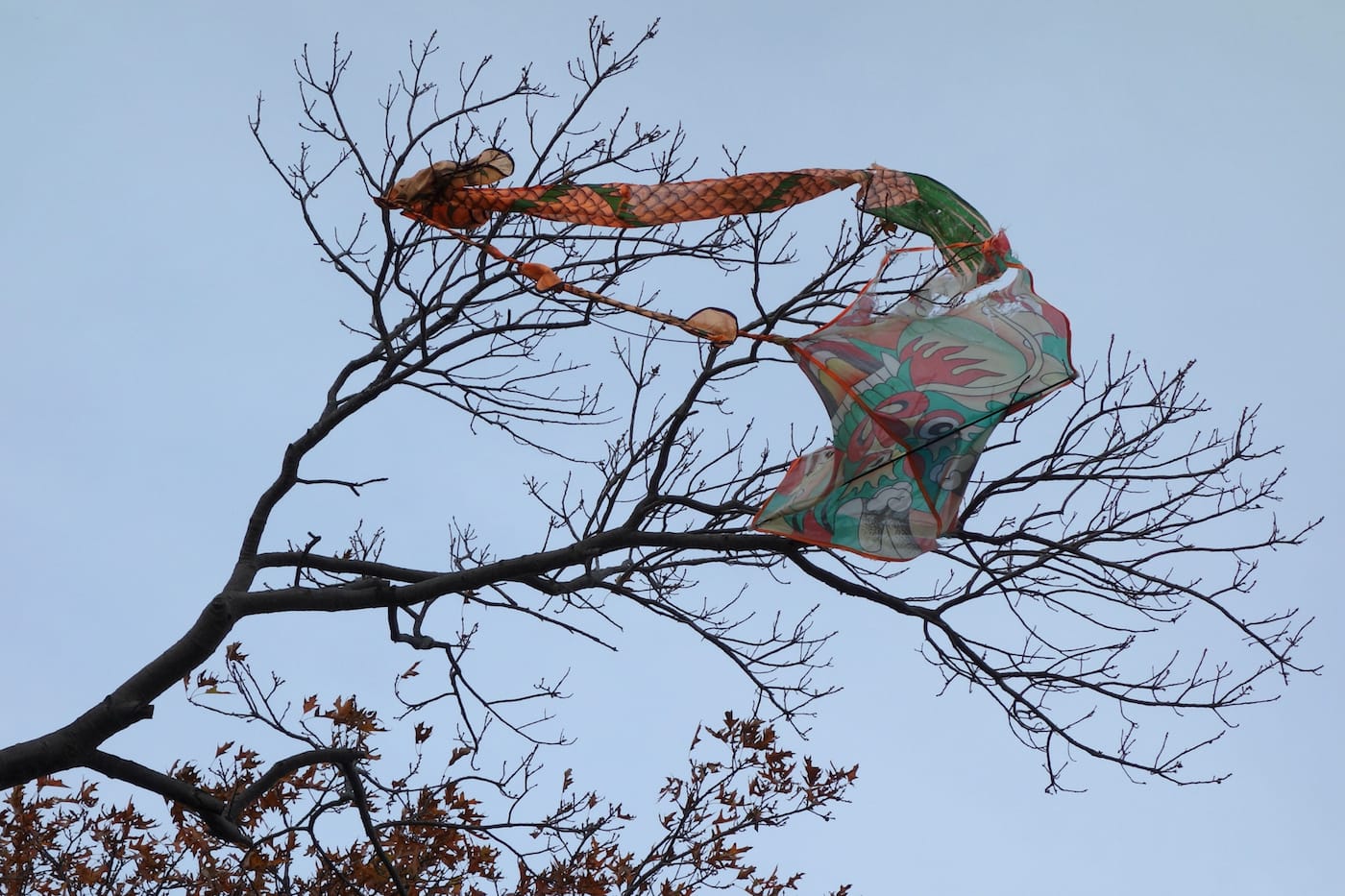
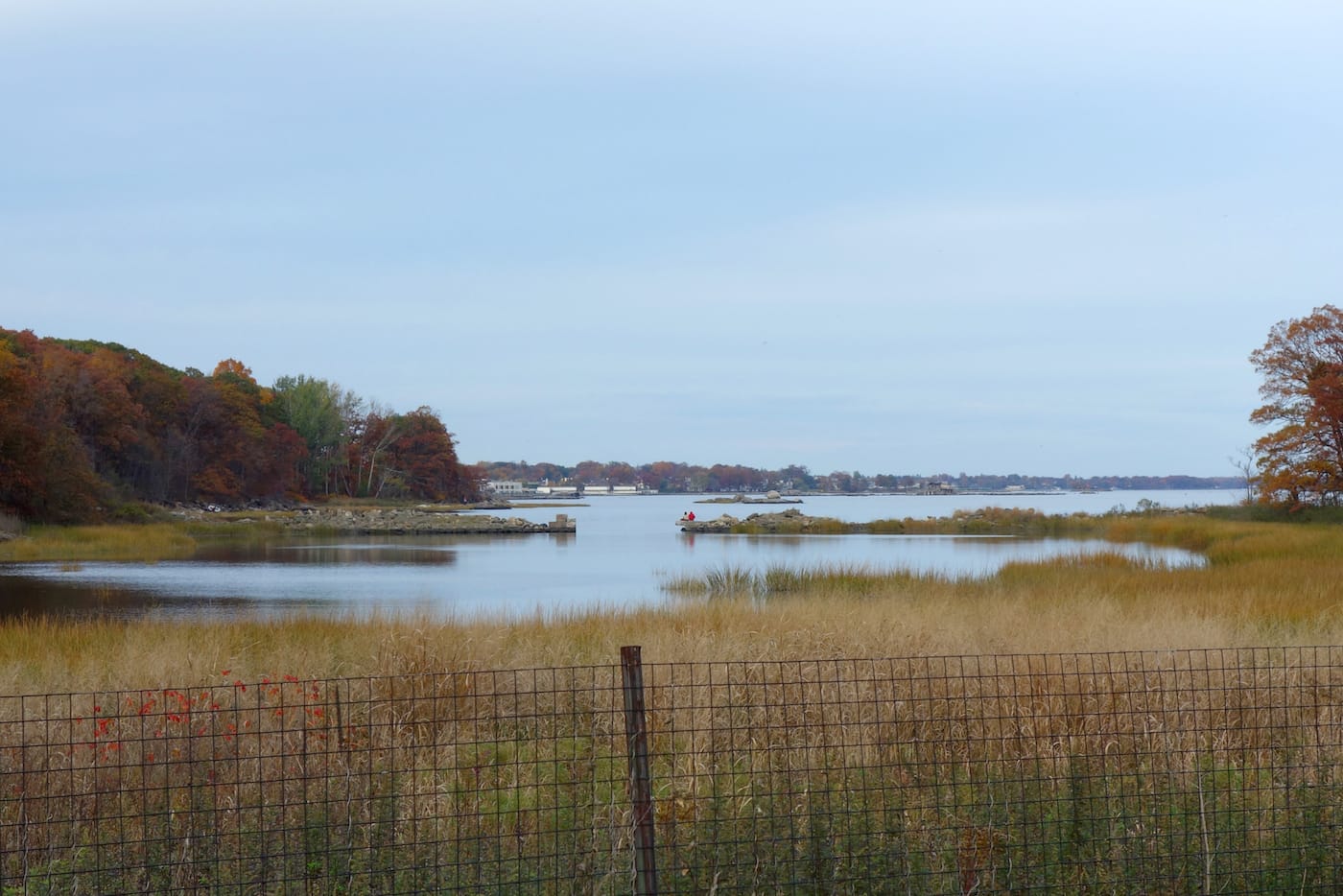

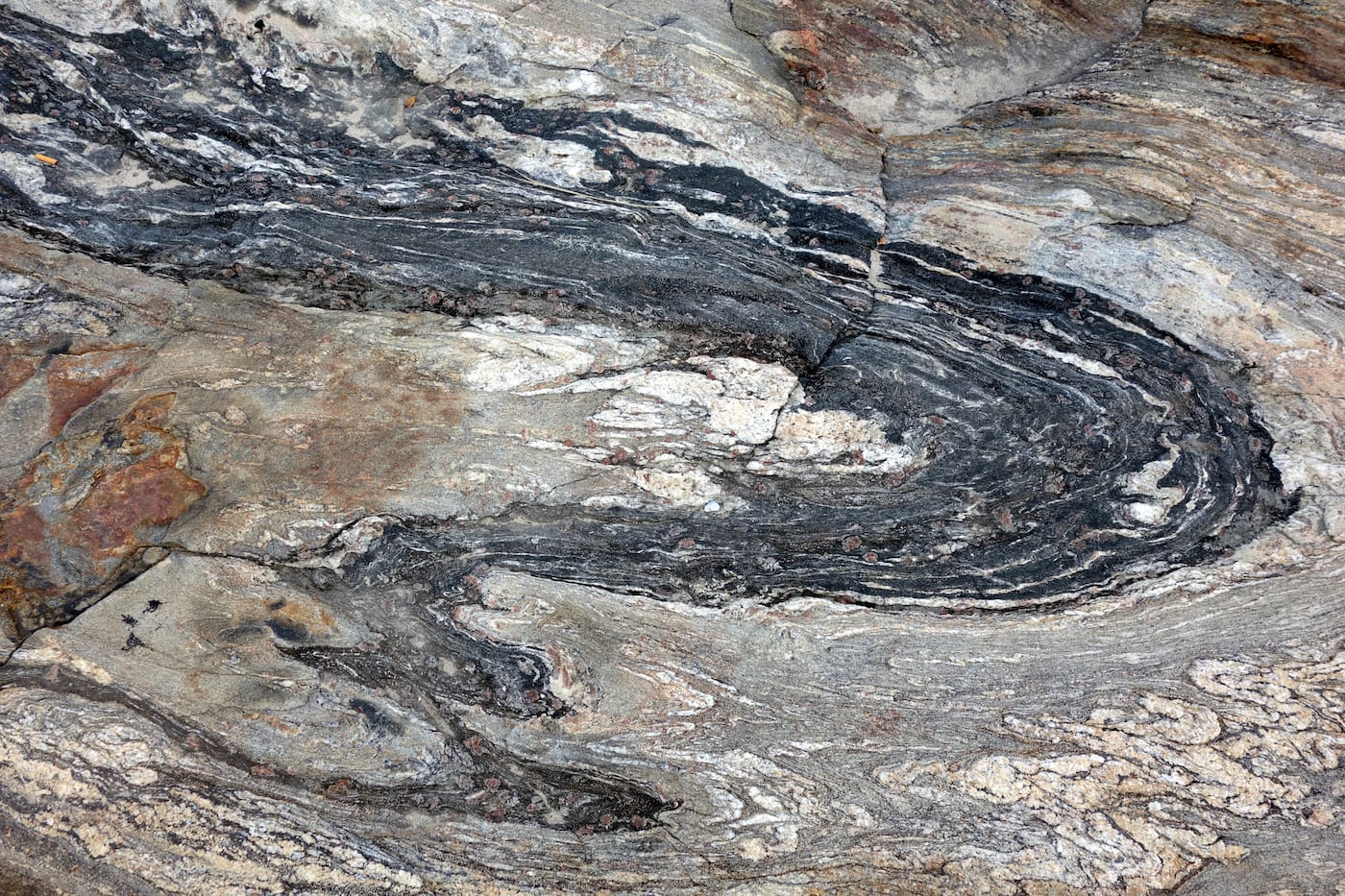
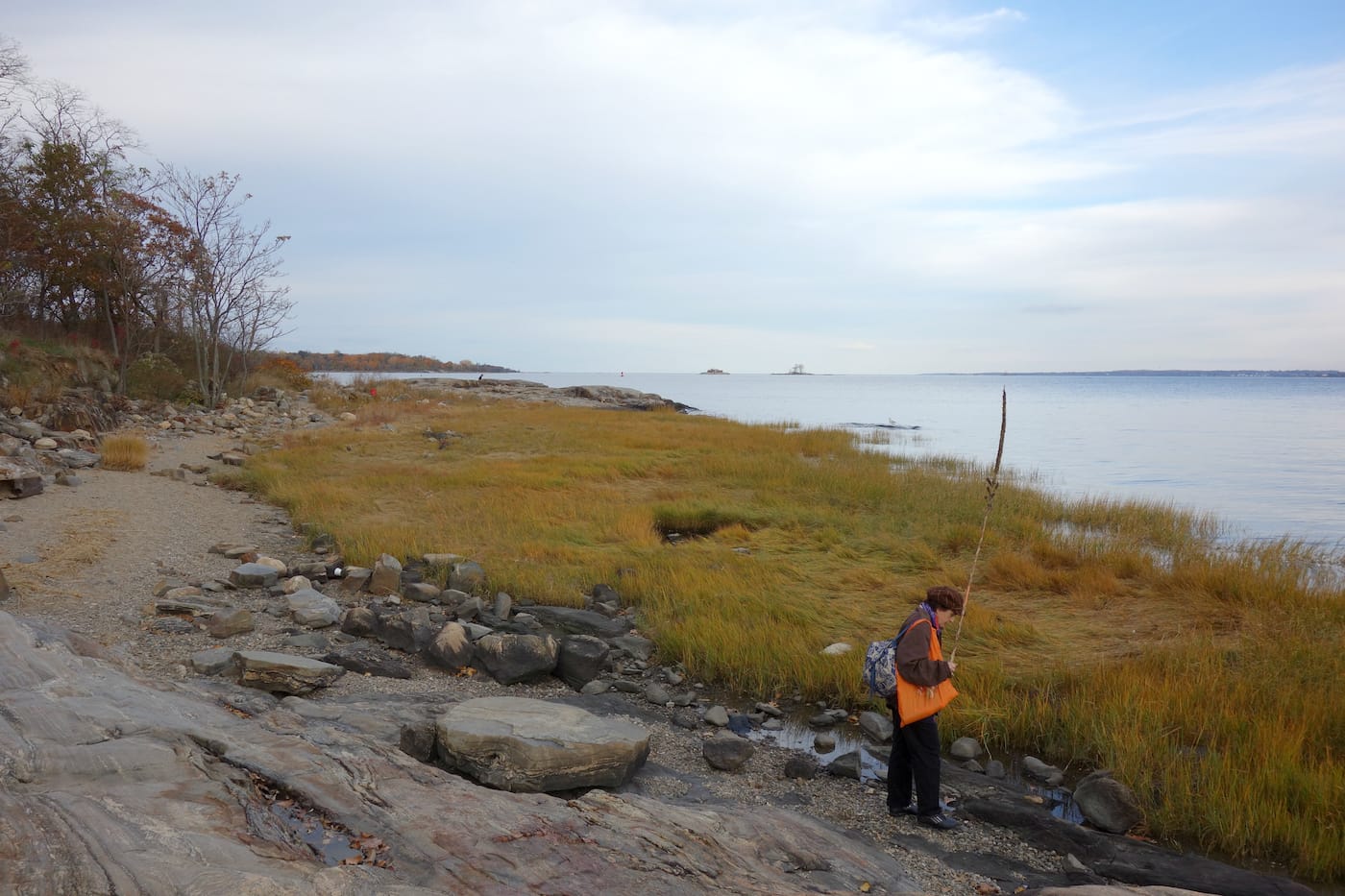

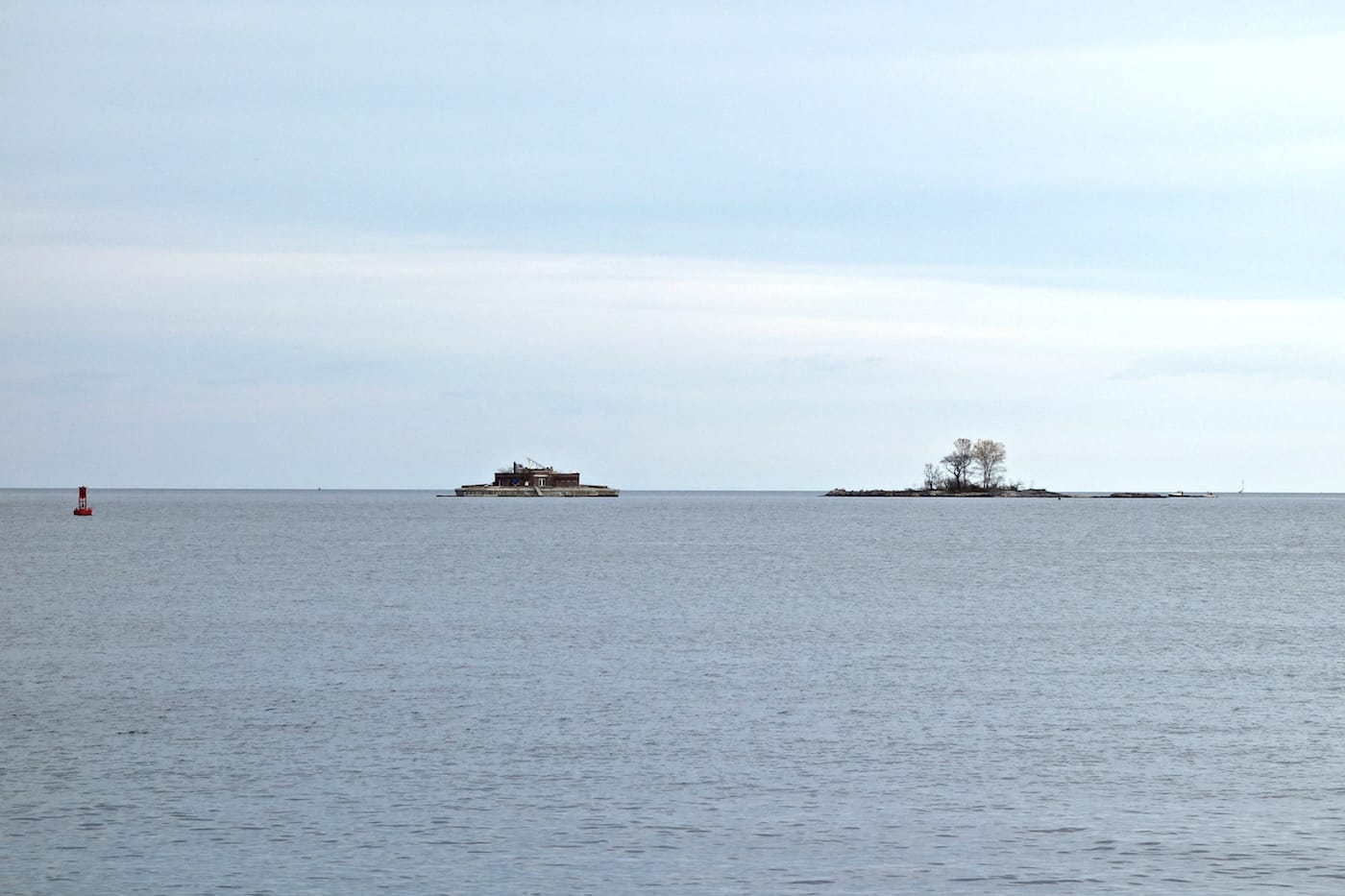


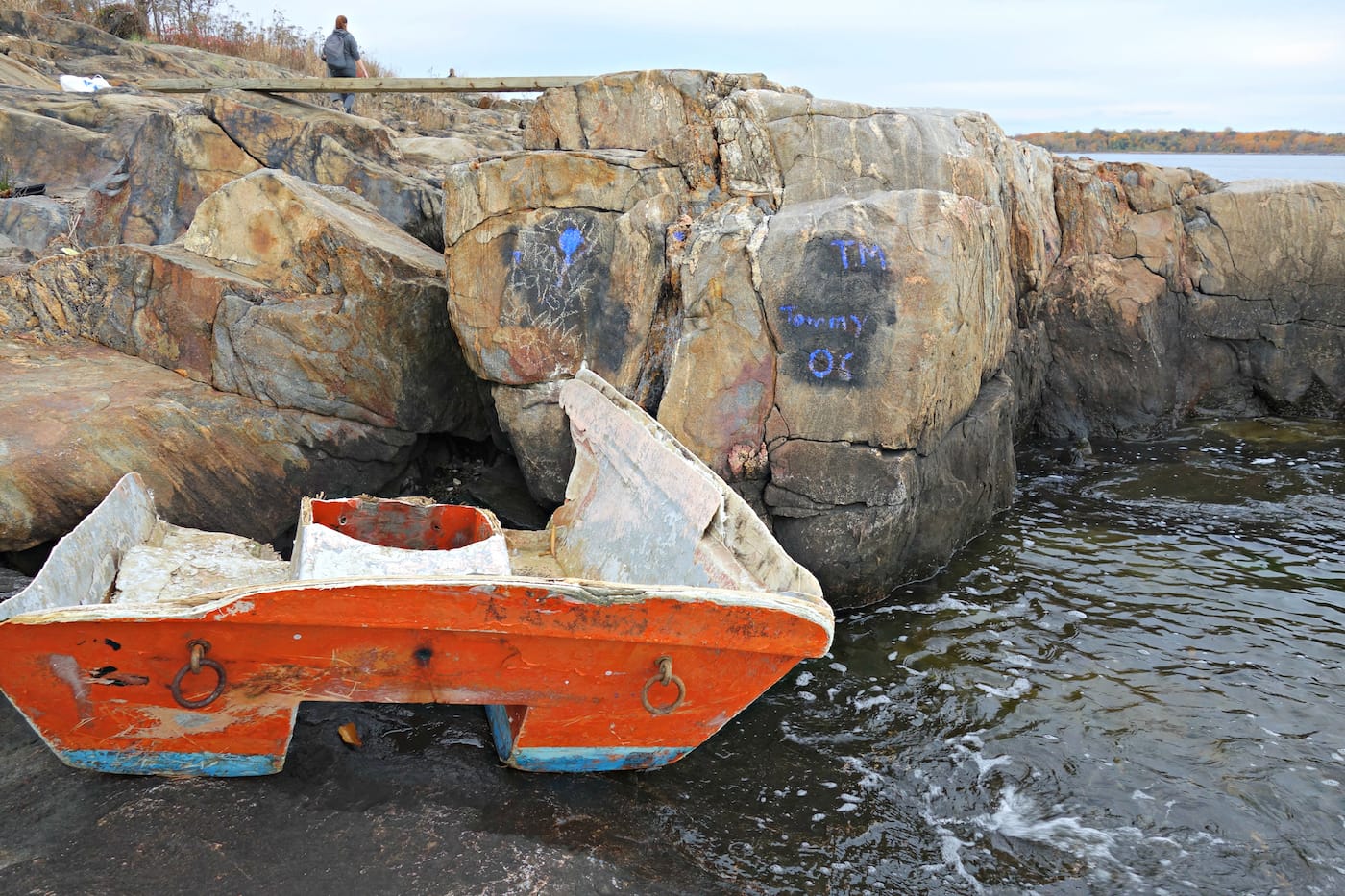

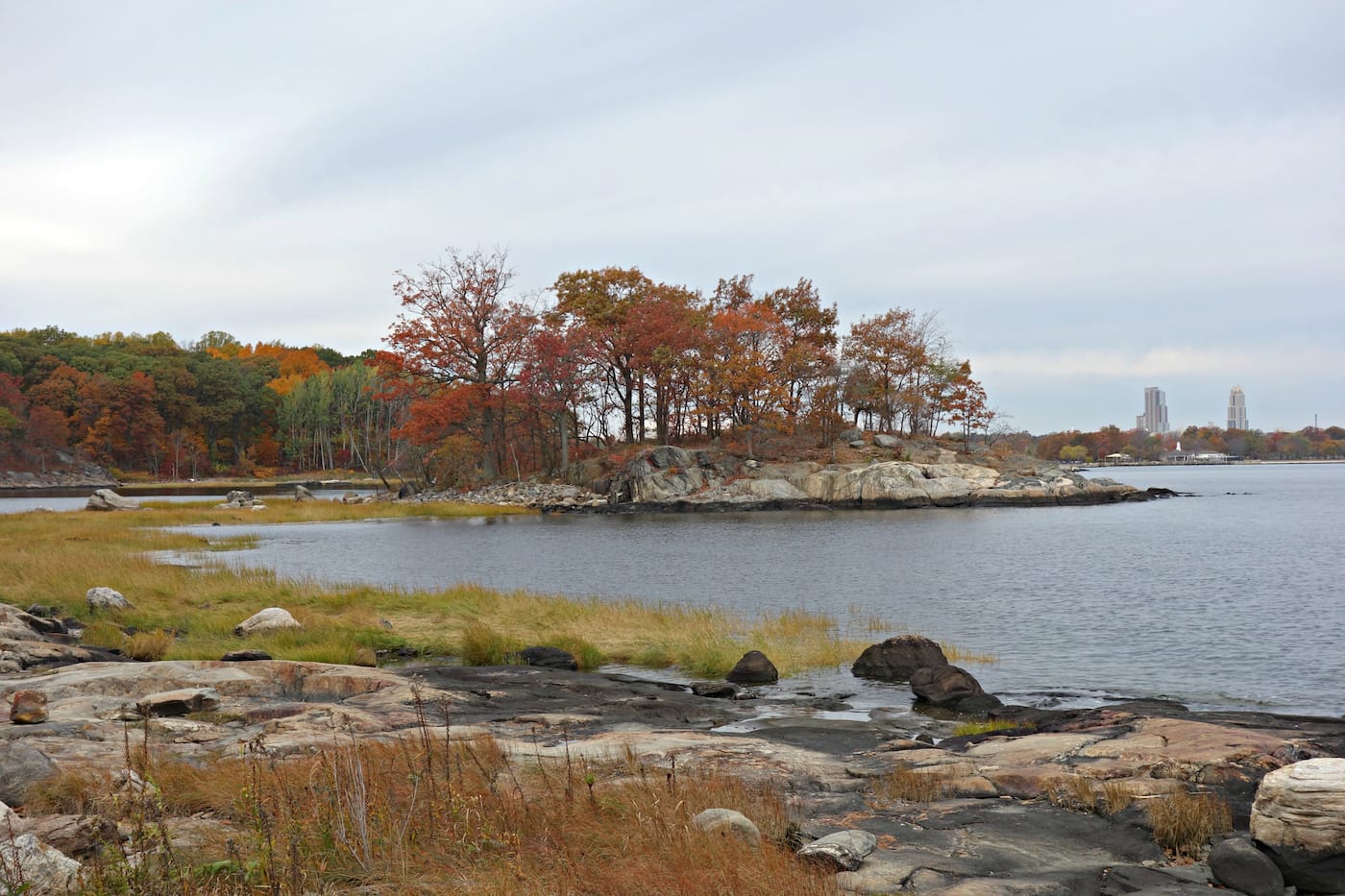

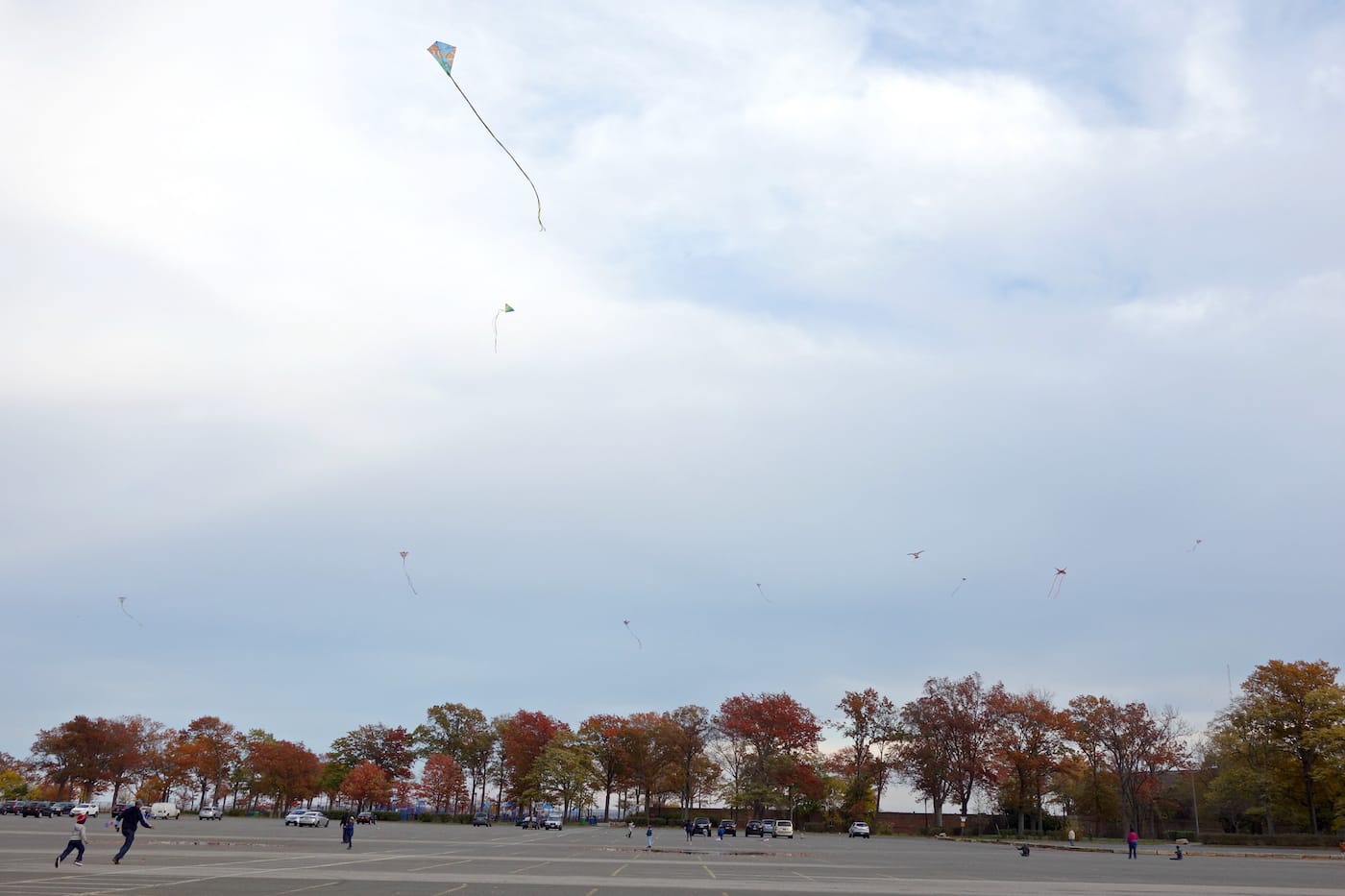
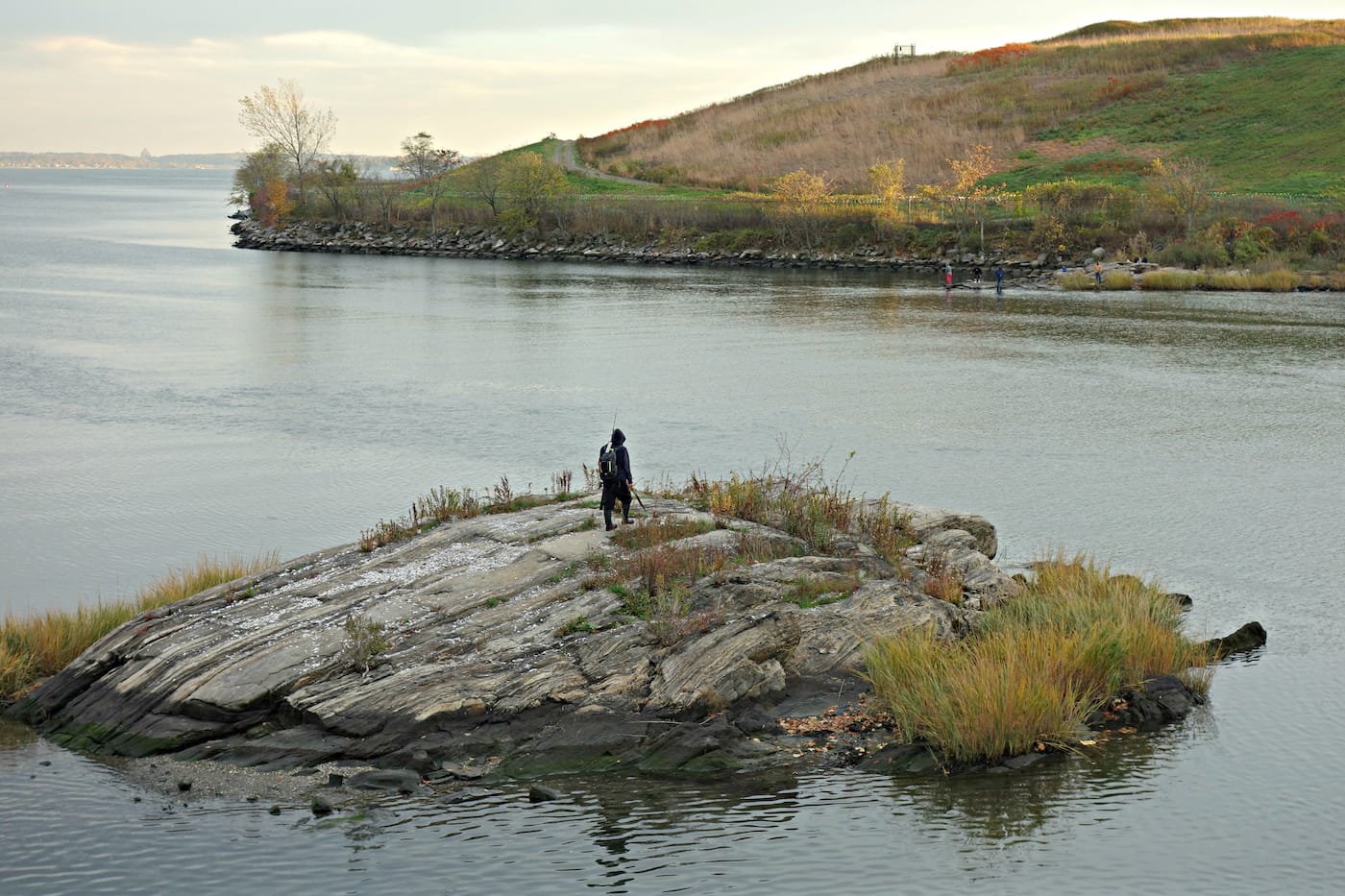
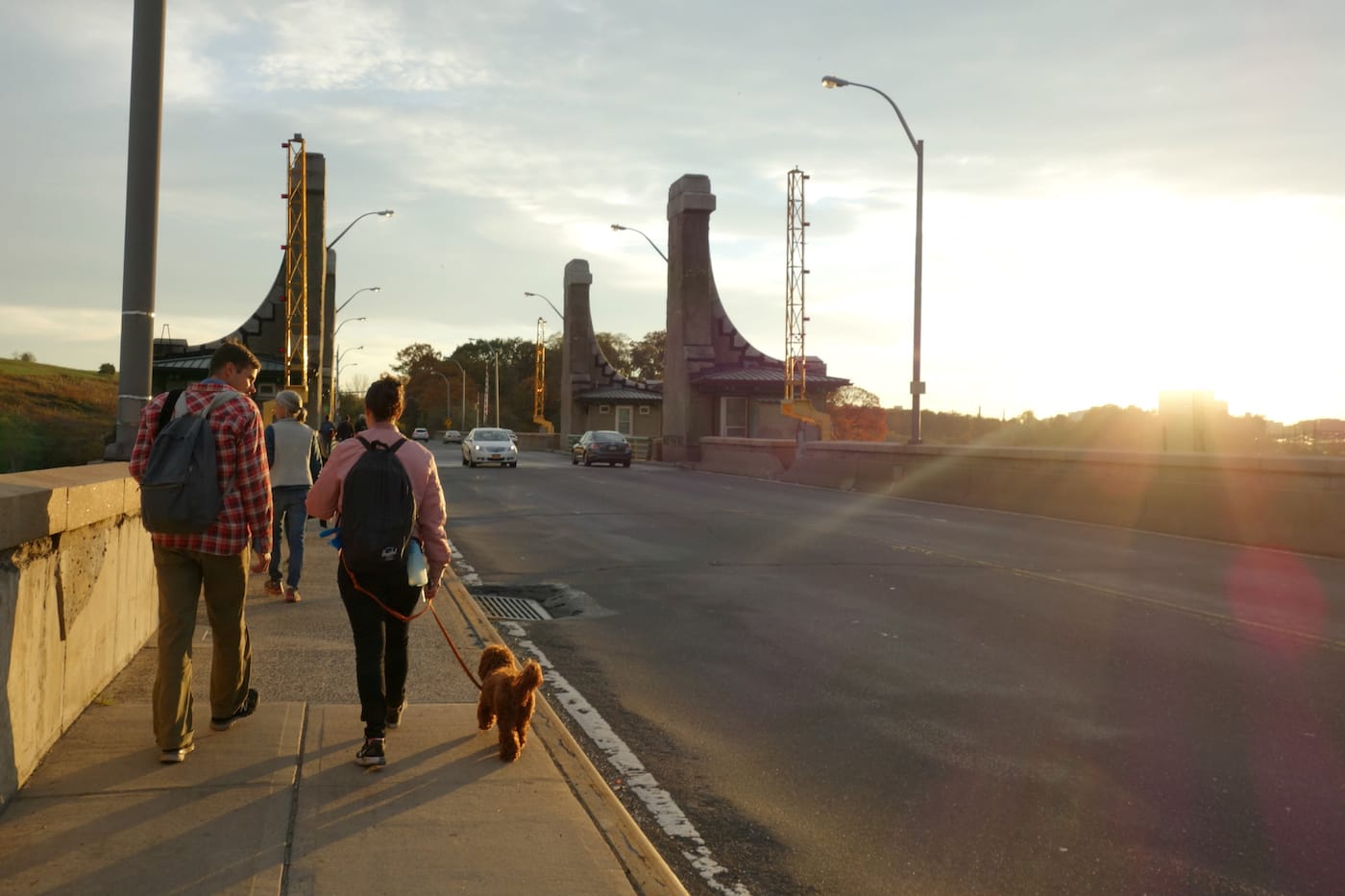
The downloadable guide for Matthew Jensen’s Three Wonder Walks (After the High Line) is available online from High Line Art.





